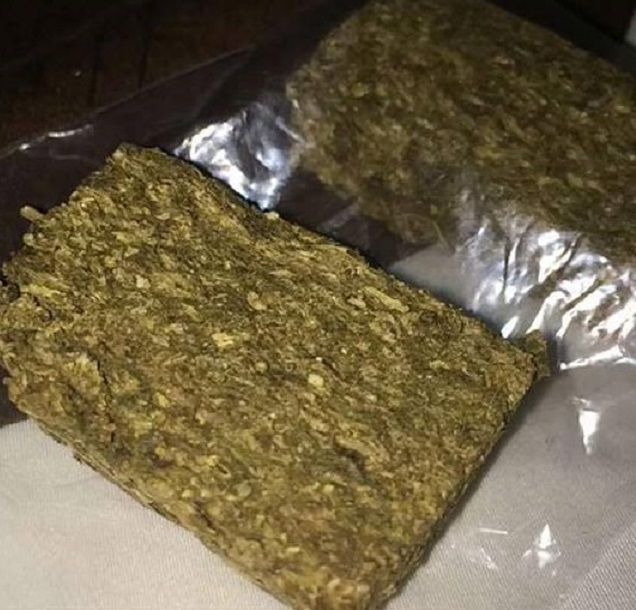“Reggie Weed” is a colloquial term often used within the cannabis community to refer to cannabis that is of lower quality. This type of cannabis has particular attributes that distinguish it from higher-quality varieties, known by terms such as “dank,” “fire,” or “top-shelf.”
Understanding these differences is key for consumers, both seasoned and novice, as it can greatly affect the overall experience and value for money.
Cannabis referred to as “Reggie weed” is typically characterized by relatively low levels of THC, the psychoactive compound responsible for the “high” associated with cannabis.
As a result, it usually provides less potent effects when compared to higher-quality strains. This makes it less desirable for those looking for the pronounced psychoactive effects or medical benefits associated with high-THC strains.

Additionally, Reggie weed often lacks a distinctive aroma or flavor, both features that cannabis connoisseurs highly value.
High-quality cannabis tends to exhibit a rich bouquet of smells and tastes, resulting from its complex profile of terpenes, the aromatic compounds found in many plants, including cannabis. However, Reggie weed typically exhibits a muted smell and taste profile, which could lead to a less enjoyable consumption experience.
Another characteristic feature of Reggie weed is a harsh or unpleasant smoke. When cannabis is properly cultivated, dried, and cured, it can produce a smooth and enjoyable smoke or vapor. On the contrary, Reggie weed may not be as carefully processed, leading to a rough smoke that can be irritating to the throat and lungs.
A significant indicator of Reggie weed is the presence of seeds and stems in the bud. High-quality cannabis is typically well-manicured and consists mostly of the flower, where the majority of cannabinoids and terpenes are concentrated. The presence of seeds and stems is not only inconvenient, requiring additional preparation before consumption, but it also dilutes the overall potency of the product.
Reggie weed is often referred to by other names such as “brick weed” or “ditch weed.” These names reference the typical packaging (compressed bricks) or quality (akin to wild, ditch-growing plants) of such product. Often this type of weed is imported from South America or Africa.
While it’s often cheaper than higher-quality cannabis, the lower price tag comes with a considerable trade-off in terms of potency, flavor, and overall experience.
The origins of the term “Reggie” remain a matter of speculation and are somewhat unclear. However, its usage is widespread in various regions of the United States, becoming a recognized term in the cannabis vernacular.
Understanding the characteristics of Reggie weed underscores the importance of knowing what you’re purchasing. If possible, aim to buy cannabis from reputable sources who are transparent about the quality and origins of their product.
Signs of good quality cannabis include a strong, pleasant aroma; dense and sticky buds; vibrant color; and a lack of seeds and stems. Knowledge of these traits can ensure that you get the best possible product for your money and a more enjoyable, effective cannabis experience.





